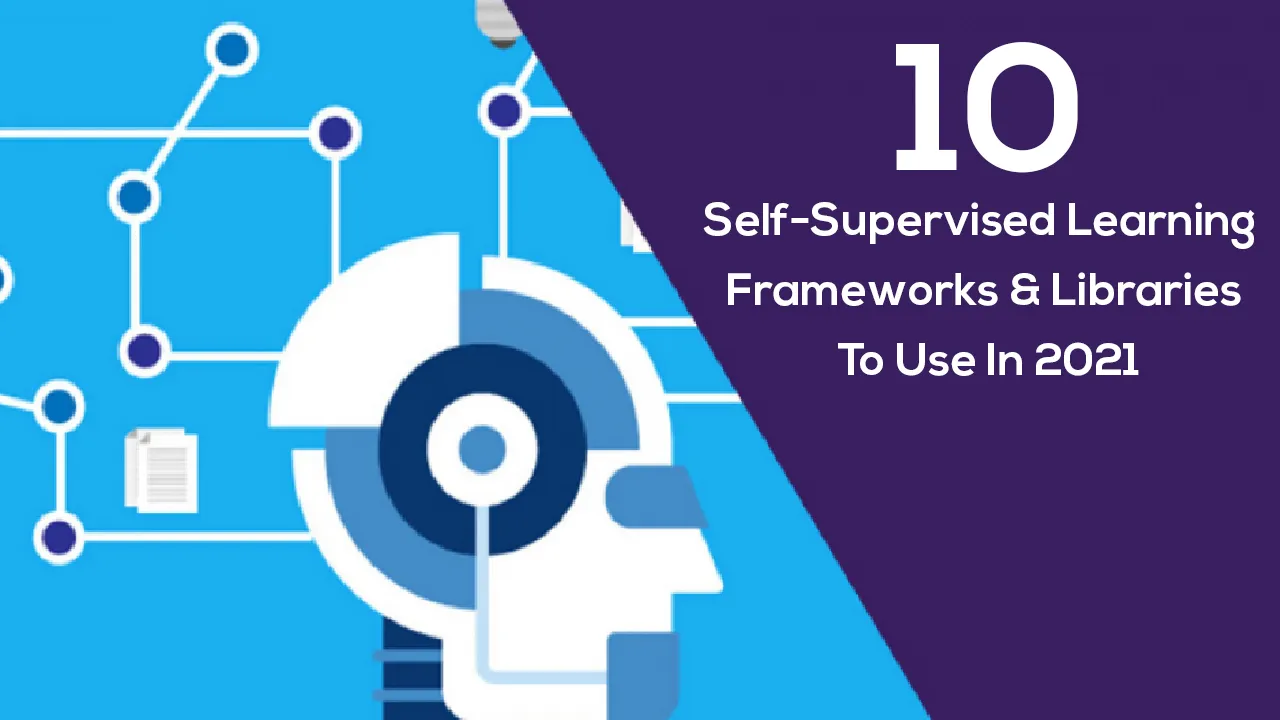Self-supervised learning is gathering steam, slowly but surely. A relatively new technique, self-supervised learning is nothing but training unlabeled data without human supervision. Yann LeCun described it best: Reinforcement learning is like a cherry on a cake, supervised learning is the icing on the cake, and self-supervised learning is the cake. In self-supervised or unsupervised learning, the system learns to predict part of its input from already existing inputs, he said.
Most tech evangelists liken self-supervised learning models to young children, always curious and learning new information from observation. The latest examples of self-supervision include Facebook’s DINO and ViSSL (Vision library for Self-Supervised Learning); Google’s SimCLR; OpenSelfSup and SfMLearner, etc.
Below, we have curated a list of the most popular self-supervised learning models, frameworks, and libraries.
DINO
DINO, a self-supervised learning vision transformers (ViT), is used to segment unlabelled and random images and videos without supervision. In other words, self DIstillation with NO labels. The model generates high accurate segmentation with self-supervised learning and suitable architecture. Also, DINO requires limited computing resources to train models.
Lightly
Lightly is a computer vision framework for self-supervised learning. It helps in understanding and filtering raw image data and can be applied before any data annotation step. The learned representations can further analyse and visualise datasets, alongside selecting a core set of samples.
s3prl
s3prl is an open-source toolkit that stands for Self-Supervised Speech Pre-training and Representation Learning. Self-supervised speech pre-trained models are called upstream in this toolkit and are used in multiple downstream tasks.
#developers corner #machine learning libraries #self-supervision learning tools #self-supervision libraries
